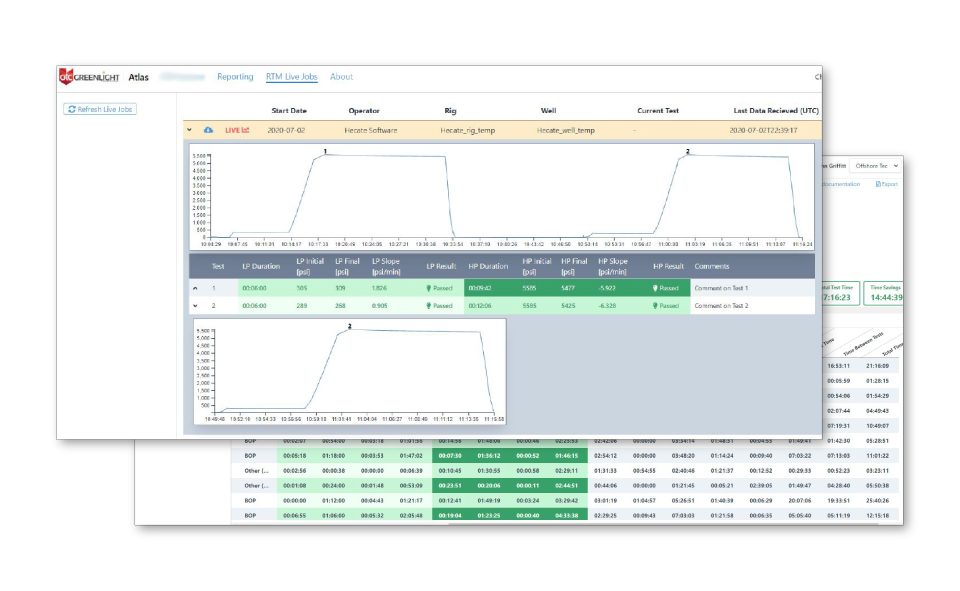- Have any questions?
- +985-727-7400
Dos and Don’ts for Creating a Realistic and Effective Test Plan

Eyes on the Ball Offshore
December 20, 2017
Hire Me!
January 31, 2018
An effective Test Plan forms the foundation to a successful pressure testing sequence. Decades of pressure testing have uncovered vital lessons learned, which have developed into vital best practices.
Holding an in-depth pre-job meeting with all parties involved in pressure testing is by far the most critical step in pre-planning for success. This meeting can generate ideas that improve the efficiency of the job and it serves as an opportunity to identify any discrepancies with the procedure.
Lessons Learned
- Never to test “on the fly.” This can result in missed steps and untested components.
- Not to assume the equipment has been properly greased prior to pressure testing.
- Not to just “trust” a test valve alignment is correct without walking down it.
- To know the safe working pressure of all the components in the BOP system.
Best practices
- Ensure all the necessary components have been properly greased per the manufacturer specification prior to conducting a pressure testing series.
- Ensure the entire BOP system has been thoroughly flushed through to ensure no obstructions are present in the system. This confirms clear flow paths that allow pressure to reach the required components.
- Testing a BOP system from the inside out mitigates additional tests by ensuring total coverage as you work your way through the system.
- Walk down the valve alignment for each test prior to applying pressure to the system.
- Verify all tests have an adequate bleed path. Bleed paths are a vital visual aid to identify a leak in the BOP system.
Dos
- Acquire extensive knowledge of the equipment’s piping and instrumentation diagram (P&ID). Not all equipment is created equal. Many components have a safe working pressure (psi) that is significantly less than a component that may be only 15 ft from it.
- Acquire extensive knowledge of all test regulations for the equipment (regulatory and manufacturer).
- Identify the most efficient order to execute testing that ensures all components are properly tested and mitigate the number of components required to be cycled between each test.
- Establish a clear communication path with designated roles and responsibilities for all parties involved with testing. This method will produce a seamless transition between tests, while providing a fail-proof system that will be capable of easily identifying an anomaly during testing.
- Approach every Test Plan as if it’s your first encounter and follow all policies and procedures in place, to help ensure exceptional service quality and delivery to clients.
- Have a plan and stick to it, to avoid confusion and costly mistakes.
Don’ts
- Don’t assume anything. The moment you “assume” something is correct, chances are, it may not be. Play it safe and verify everything.
- Don’t wait until the last minute to prepare a Test Plan. Be proactive. OTC prepares a Test Plan at least a week in advance, or as soon as the well information is available.
A systematic approach ensures each Test Plan is produced with the most efficient execution, for realistic circumstances. Pre-planning can be a drawn-out process, but it happens to be the foundation of a flawless execution. For a safe, well-oiled operation, take the time to identify, then mitigate circumstances that could injure personnel and damage equipment. Let’s improve our operations, one Test Series at a time.
Dane “Stretch” Kuykendall
Vice President of GreenLight

